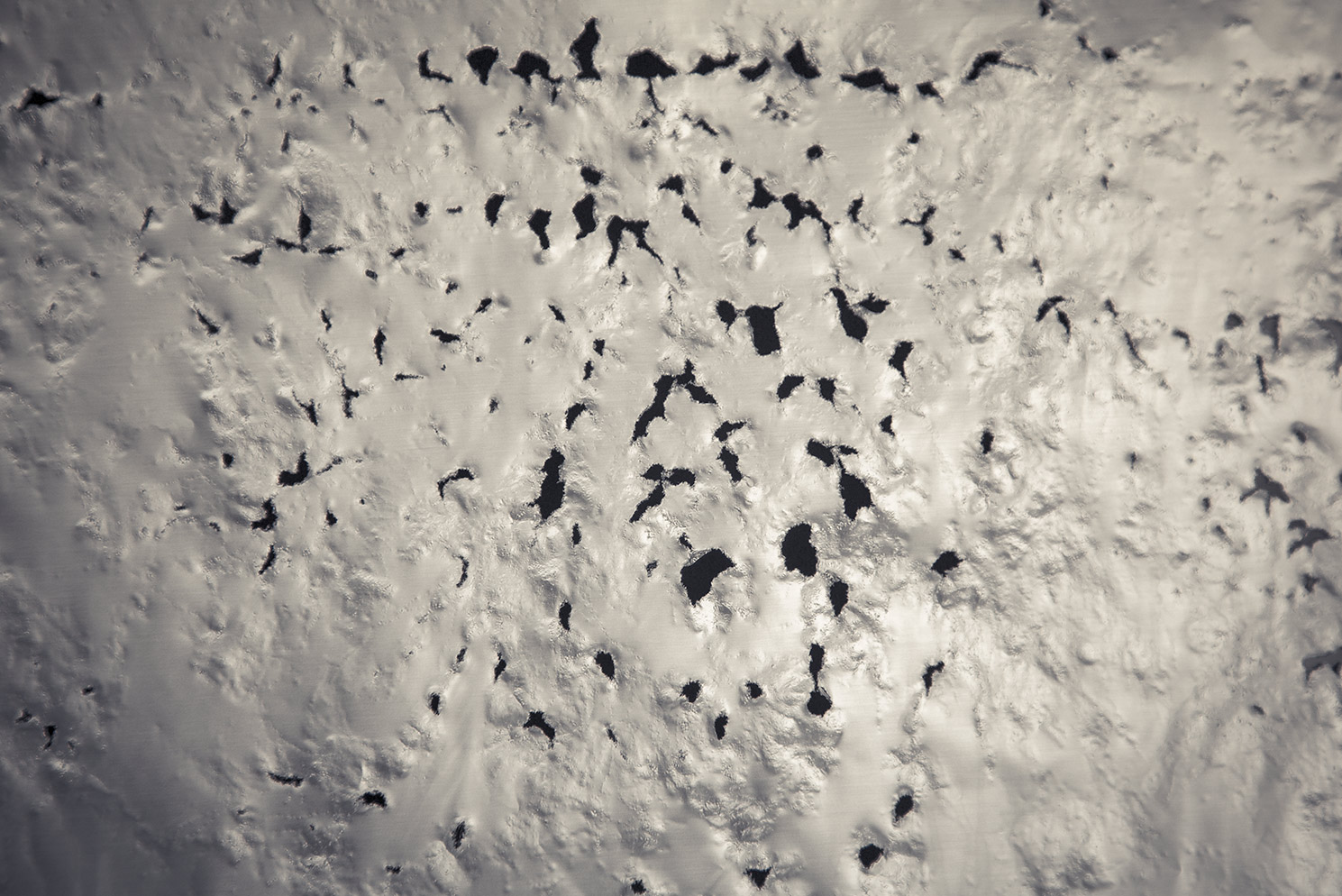How do we test the efficiency of our ultrasonics?
Testing the efficiency of ultrasonic cavitation in any system is notoriously difficult as there are many factors which affect the performance of ultrasonic transducers ranging from fluid temperature, the type of chemistry used, the cleanliness of the fluid, the standard of water used, whether the solution has de-gassed, even atmospheric conditions to name but a few. Any test carried out is always subjective.
We would recommend two methods of testing – one is purely observation – is there activity in the tank? You should see a rippling effect on the surface. Can you hear a distinct “fizz” of the fluid?
The second is a foil test where you take thin aluminium foil (about 100mm square) and lower it vertically into the tank so that at least 75mm is submerged. The foil should be punctured within 15 – 30 seconds. If not then you need to review.
Has there been a reduction in the overall performance of the system? i.e. are the parts no longer coming out clean? You may also wish to consider periodic cleanliness tests of the cleaned product as this is the only real test that matters.
Click the ultrasonic foil test image below for a more detailed image:
How do you test your Ultrasonics - Foil test
As the measurement of the efficiency of ultrasonics has become increasingly important to users of cleaning equipment Layton's foil test of 10 years ago has become one of the main resources customers use to educate themselves on this topic.
We have filmed a new updated foil test with some more measurable standards to give you an idea of how your system should perform if working correctly.
This video has been filmed with specialist macro lenses and the latest 8K resolution cameras to give you the most detail and clarity of what happens to the foil under ultrasonic cavitation.

